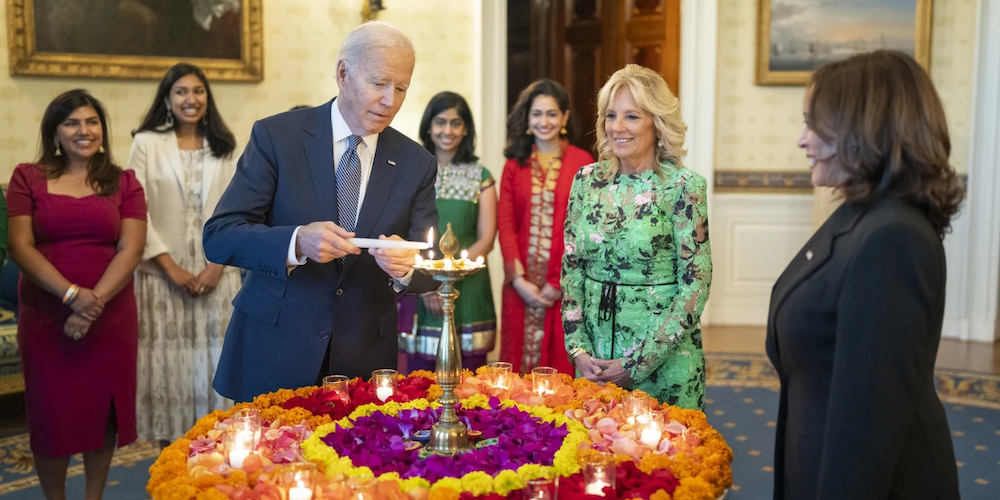India’s Soft Power

The Indian Diaspora is having a real good time now
The United Kingdom has Rishi Sunak as the Prime Minister. The United States has Kamala Harris as the Vice President. Ireland, Portugal and Singapore have heads of state/government who trace their origins to India.
A John Hopkins study recently found 25 chief executives at S&P 500 companies being of Indian origin. The World bank Chief, three deans of the leading US business schools, 19 people in Britain’s House of Commons, six in the Australian parliament and five in the US Congress do have India-roots.
According to famous Economist magazine, having just surpassed China as the world’s most populous country, India contains more than 1.4bn people. What’s more, its migrants are both more numerous and more successful than their Chinese peers. The Indian Diaspora has been the largest in the world since 2010, and is a powerful resource for India’s government.
Of the 281m migrants spread around the globe today—generally defined as people who live outside the country where they were born—almost 18m are Indians, according to the latest United Nations estimates. The UN’s World Migration Report 2022 says that India had the most people living abroad of any country worldwide in 2020. Mexico and Russia, also large countries with vast populations, came in second and third place with 11.2 million and 10.8 million living abroad, respectively.

Indian-born migrants number 2.7m in the US, more than 835,000 in Britain, 720,000 in Canada, and 579,000 in Australia ( these are citizens in these countries; there are more Indians as legal migrants on work visas and residency status) . Young Indians flock to the Middle East, where low-skilled construction and hospitality jobs are better paid. There are 3.5m Indian migrants in the United Arab Emirates and 2.5m in Saudi Arabia .Many more dwell in Africa and other parts of Asia and the Caribbean.
Indian migrants are relatively wealthy in the countries they have moved to. Indians are the highest-earning migrant group in America, with a median household income of almost $150,000 per year. That is double the national average and well ahead of Chinese migrants, with a median household income of over $95,000. In Australia the median household income among Indian migrants is close to $87,000 per year, compared with an average of roughly $62,000 across all households and about $58,000 among the Chinese-born.
The Chinese Diaspora is the only other group with comparable influence around the world. An analysis by The Economist conducted as the covid-19 pandemic began estimated that more than three-quarters of the total $369bn of billionaire wealth in South-East Asia is controlled by huaqiao, a Mandarin term for the ethnic Chinese who are citizens of other countries.
However, in Europe and across North America the picture is somewhat different. There are fewer bosses of Chinese descent running S&P 500 companies than there are bosses of Indian descent. India being a democracy steeped in liberal values helps its Diaspora integrate more readily in the West. The Diaspora in turn then binds India to the West.
No wonder why the Deepavali celebrations are now a must in the USA, the UK and Canada. Government and opposition leaders mark events to attract the Indian Diaspora, especially ahead of elections. Celebration of Deepavali all over the world now is the manifestation of India’s “Soft Power”.


